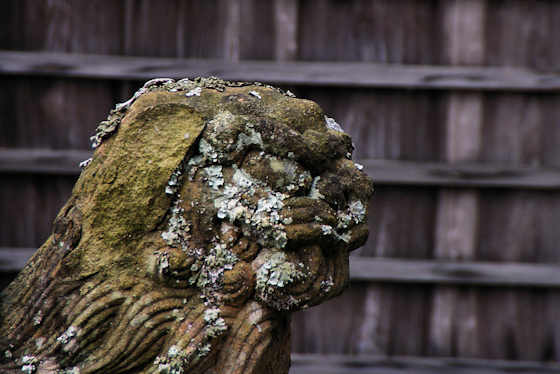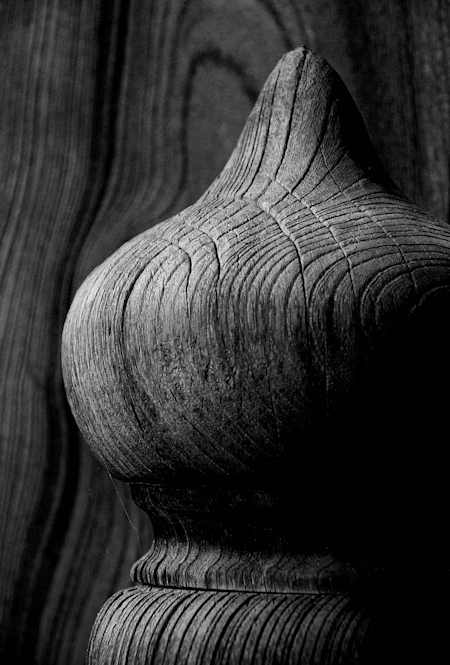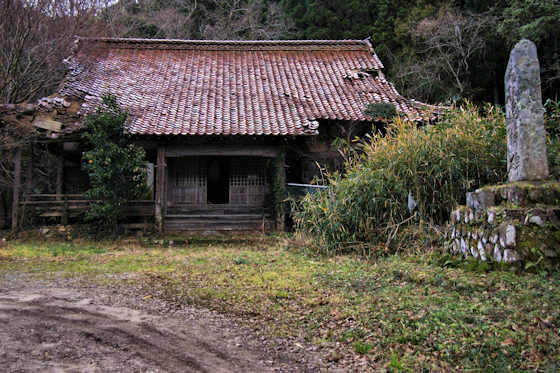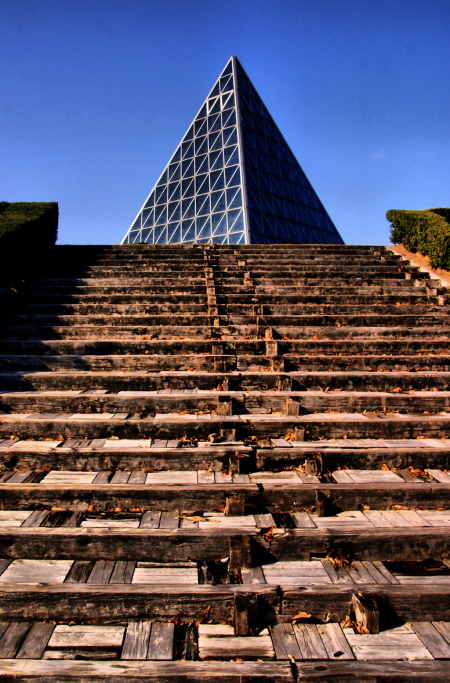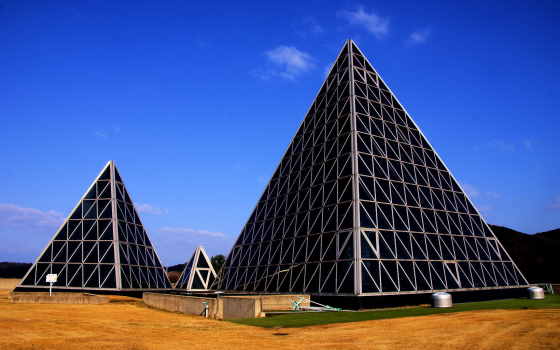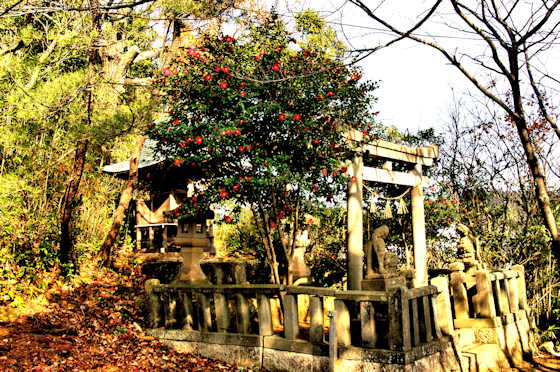Sunday, May 28, 2023
A Stroll Though Omori
Monday, April 10, 2023
Iwami Mandala Kannon Kanzeonji Temple
Wednesday, February 8, 2023
Iwami Hachimangu
Iwami Hachimangu
Iwami Hachimangu is the largest of a cluster of 4 shrines lined up at the base of the small mountain that used to have a castle on top.
It is located along theGinzan kaido, one of the the roads that lead from the sea up into the former silver mine of Iwami Ginzan.
The castle and shrine are associated with the Mori clan who controlled the area until the Edo period when the Shogunate took over the mine and its environs.
The other shrines are a Wakamiya Shrine, a Konpira Shrine, and one called Ubo-gu. It's not clear if any of these shrines were here before the Hachimangu and castle were established in the 16th century.
Route 31, the main road from Nima up to Omori runs close by and the shrine becomes very visible when the cherry blossoms are in full bloom.
I was on my way to Omori on day 4 of my walk along the Iwami Kannon pilgrimage.
Friday, November 18, 2022
Disappeared Japan Rural Temple Haikyo
Disappeared Japan Rural Temple Haikyo
Monday, August 22, 2022
Ginzan Kaido & Iwami Castle
Mid-January, 2013, early morning along the Shio River in Nima and the start of day 4 of my walk along the Iwami Kannon pilgrimage.
Tuesday, May 3, 2022
Nima Sand Museum Interior
These shots were all taken inside the largest pyramid at the Sand Museum in Nima, Shimane.
















